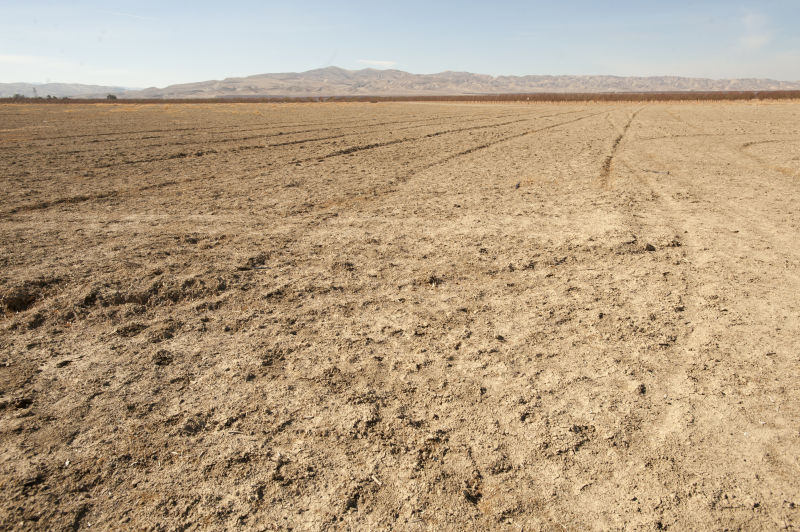In the most visible sense, California's four-year drought has brought the worst of times to the state's farm sector.
A revised analysis (embedded below) from a team of UC Davis experts says that nearly 900 square miles of normally robust cropland now stand idle for lack of water, more than 10,000 seasonal farm jobs have been wiped out, and the direct financial cost to agriculture this year is estimated to be around $1.8 billion.
But if all that reminds you of "The Grapes of Wrath" and farmers huddled against the swirling clouds of the Dust Bowl, the report might make you think again. Because even in the middle of the most punishing drought in the state's history, the report says, the agriculture sector continues to grow.
The study points to two factors that account for that. First, California farmers are marketing high-value crops, led by almonds, that command premium prices. So even with reduced acreages for many commodities, the overall farm sector's bottom line remains relatively healthy.
At the same time, agriculture continues to make up for a shortage in surface water -- supplies that typically come from the the state's network of reservoirs and canals -- by pumping massive volumes of groundwater and, to a lesser extent, buying water.

